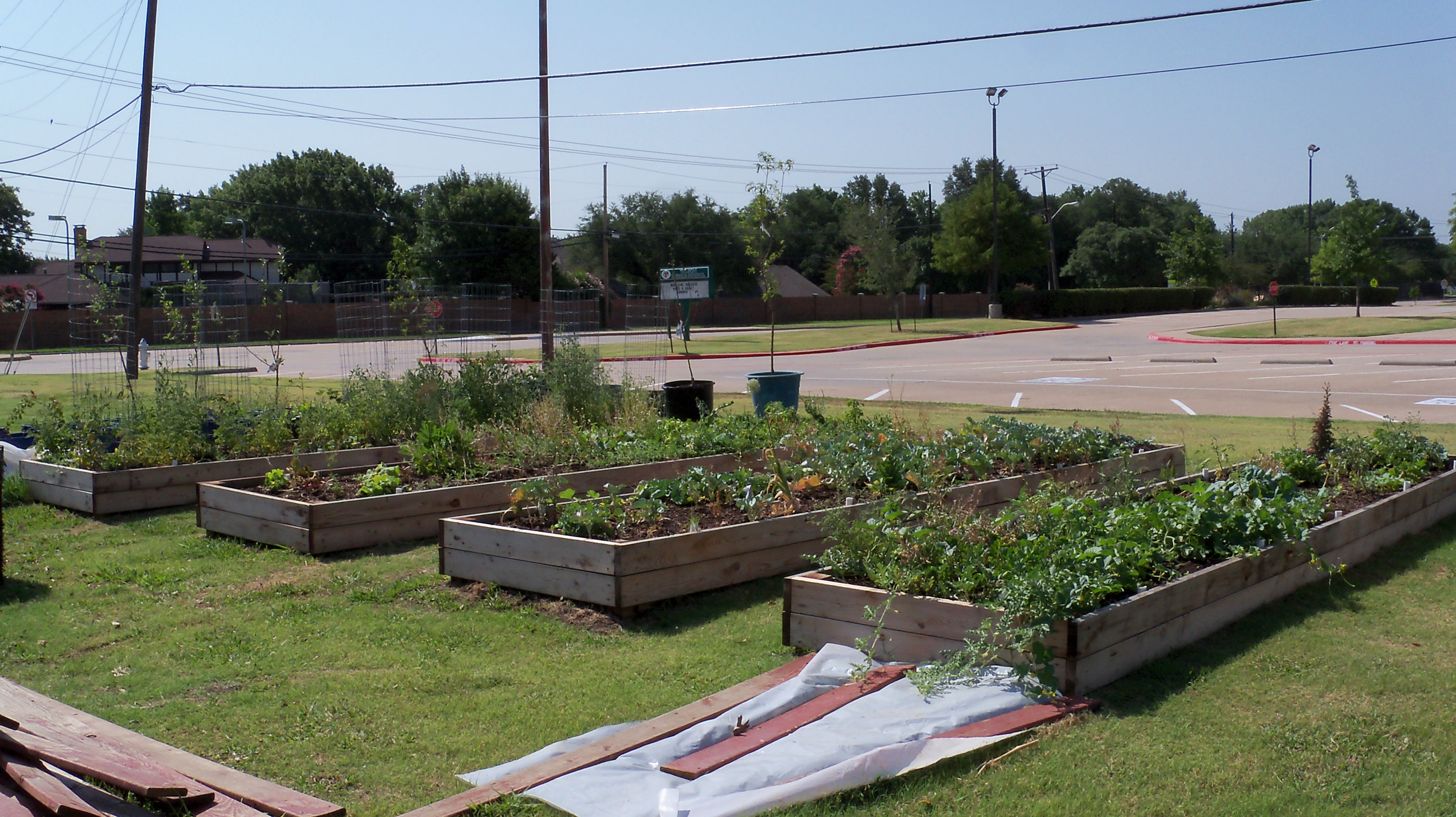

If your controller isn’t “smart,” set the water to run less often. If you have a smart irrigation controller, check to make sure it is making the necessary adjustments. With the sun lower in the sky, plants need less water, so adjust your irrigation clock to water just as long but less frequently. After a few inches, gently pull away the remaining portions of pot. Slice down two sides of the pot, then start to refill the hole. Use your hand to support the bottom of the plant in its pot, and carefully move it into the prepared planting hole. 1 above, then turn the pot on its side and gently cut out the bottom of the pot. Continue the mulch to cover the entire planting bed.īougainvillea and Matilija poppy can die when their roots are roughed up at planting. Layer 3 or 4 inches of mulch onto the soil surface, starting at the outer edge of the moat. Set your hose to trickle water into the moat until the soil is saturated. When the hole is full, make a shallow moat around the stem or trunk. So, if you can capture the water that lands on 1,000 square feet of your roof, from an inch of rain you can harvest up to 620 gallons of water! Don’t shy away from using cisterns that can hold hundreds to thousands of gallons of water that you collect from your roof over the winter.ģ.
Do you know how much water you can harvest from your roof? For every square foot of roof, an inch of rain yields 0.62 gallons of water. Check the valve from the downspout in preparation for diverting (rather than collecting) the first of the year’s rainfall, which is called the “first flush.” Make sure rain barrel seals to keep out mosquitoes looking for a place to deposit their eggs. Clean drains and rain gutters before the winter storms. 
You’ll be amazed at how much richer the soil will be and how much better it will drain. Beneficial microbes and tiny critters break down the mulch, incorporating it into the soil. Water well, then let it sit four months or more.
Remedy heavy clay soil, hard-packed subsoil or fast-draining sand by layering on 4 inches (or more) of coarse wood mulch or arborist chips (ground-up trees) that are 1 inch across or smaller. Keep that water on-site and out of the gutter by directing it away from your house and into planting beds or bioswales. As climate change advances, rainstorms will become fewer but more ferocious. Create “hydrozones,” zones of plants that have the same water needs, then irrigate them accordingly. Establish a solid irrigation system using inline drip irrigation (not individual emitters). Unlike ornamental plant leaves, send these leaves to the greenwaste, where they’ll be composted at a high temperature to kill bacteria, molds, etc.īefore you plant anything new, be sure your garden has a solid infrastructure: Rake up leaves as they fall from fruit trees. They may not flower this coming spring, but they’ll bloom the following year. If you have bulbs you’ve been meaning to plant - do it now. Chile: Gorgeous flowering Peruvian lily ( Alstroemeria), magenta pink rock purslane ( Calandrinia grandiflora), tall, gray/green bladed Chilean wine palm ( Jubaea chilensis), spiny bromeliad sapphire tower ( Puya alpestris).Ĭheck your garden for emerging green spears of spring bulbs like Babiana, Watsonia and species Gladiolus.  Mediterranean Europe: Spanish lavender ( Lavandula stoechas), olive trees ( Olea europaea), bush germander ( Teucrium fruticans), yellow flowering Jerusalem sage ( Phlomis fruticosa). South Africa: succulent-leaved Cotyledon orbiculata, clump-forming torch aloe ( Aloe arborescens), or grasslike Aloe ‘Grassy Lassie’, orange, red, pink or yellow flowering South African daisy ( Arctotis). Australian: pearl acacia tree ( Acacia podalyriifolia), orange and pink flowering flame pea shrub ( Chorizema ‘Bush Flame’), blue-bladed and grasslike Dianella ‘Cassa Blue’, butter yellow flowering shrub Grevillea ‘Moonlight’. California: evergreen shrubby toyon ( Heteromeles arbutifolia), scrub oak ( Quercus berberdifolia), monkey flower ( Mimulus, which is also called Diplacus), Cleveland sage ( Salvia clevelandii), and chalk Dudleya ( Dudleya pulverulenta). Plant drought-tolerant trees, shrubs and perennials native to winter rainfall regions of California, South Africa, Australia, the Mediterranean and western Chile. In the shorter, cooler days, the sage ( Salvia) family of plants puts on a big show of color and texture: bright purple flowering Mexican bush sage ( Salvia leucantha), white and rose Salvia ‘Waverly’, yellow blooming forsythia sage ( Salvia madrensis), copper-colored beach Salvia ( Salvia africana-lutea), indigo blooming Salvia guaranitica ‘Black and Blue’ and more.
Mediterranean Europe: Spanish lavender ( Lavandula stoechas), olive trees ( Olea europaea), bush germander ( Teucrium fruticans), yellow flowering Jerusalem sage ( Phlomis fruticosa). South Africa: succulent-leaved Cotyledon orbiculata, clump-forming torch aloe ( Aloe arborescens), or grasslike Aloe ‘Grassy Lassie’, orange, red, pink or yellow flowering South African daisy ( Arctotis). Australian: pearl acacia tree ( Acacia podalyriifolia), orange and pink flowering flame pea shrub ( Chorizema ‘Bush Flame’), blue-bladed and grasslike Dianella ‘Cassa Blue’, butter yellow flowering shrub Grevillea ‘Moonlight’. California: evergreen shrubby toyon ( Heteromeles arbutifolia), scrub oak ( Quercus berberdifolia), monkey flower ( Mimulus, which is also called Diplacus), Cleveland sage ( Salvia clevelandii), and chalk Dudleya ( Dudleya pulverulenta). Plant drought-tolerant trees, shrubs and perennials native to winter rainfall regions of California, South Africa, Australia, the Mediterranean and western Chile. In the shorter, cooler days, the sage ( Salvia) family of plants puts on a big show of color and texture: bright purple flowering Mexican bush sage ( Salvia leucantha), white and rose Salvia ‘Waverly’, yellow blooming forsythia sage ( Salvia madrensis), copper-colored beach Salvia ( Salvia africana-lutea), indigo blooming Salvia guaranitica ‘Black and Blue’ and more.







 0 kommentar(er)
0 kommentar(er)
